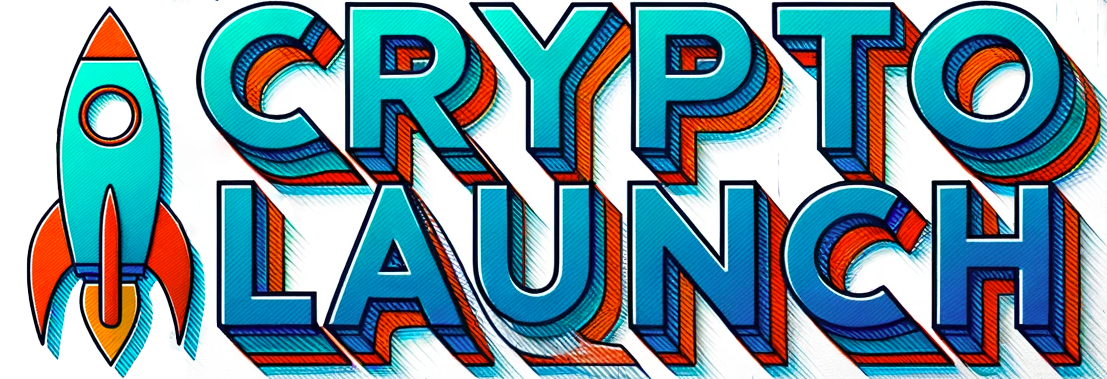I have spent the year advising several tech companies, many of which have raised capital in the ICO market. Through this process, I have stood side-by-side with CEOs while they think through the challenges that inevitably come up during an ICO. I recently wrote about the conflicting legal advice around token sales and provided a framework that may be compliant within US law.
Today, I turn my focus towards another issue that blockchain companies don’t even realize they’re facing yet. Here it is…
Utility tokens, which customers must purchase in order to use the services of a blockchain platform, may be an insurmountable barrier to user acquisition.
Understanding the “holy” conversion funnel
An optimized conversion funnel is vital to successful online marketing, and blockchain companies are no exception. This practice of funnel optimization focuses on finding and removing “leaks” at various points through a visitor’s journey across a website in order increase the likelihood of the visitor taking a desired action.
Companies that ICO will ultimately be under pressure from their token holders to increase their token’s value, which over the long run must come from legitimate demand of the underlying platform. Unfortunately, there are substantial user acquisition problems that emerge when a token is added to the conversion funnel.
Let’s dive into this further with an example.
The fight is on: Airbnb vs. CryptoBNB
Imagine that you are a vacationer searching for a place to stay. You start by Googling “rent a vacation home” and see various results, including Airbnb, VRBO, HomeAway and the other usual players. You also find a couple of new names, which happen to be well-funded ICO projects, including Zangll and CryptoBNB, which is a company I made up in order to not spend this article trashing Zangll.

You take the next step and visit Airbnb’s and CryptoBNB’s websites to compare their offerings.
On Airbnb, you find a refined site with tons of listings and the ability to pay by credit card.
On CryptoBNB, you find a site that uses decentralization and blockchain terminology, with few listings and the ability to pay only in CBNB tokens.
It is clear that one of these companies has an advantage for converting the average consumer… Airbnb. Over the course of years, their company has had time to grow its listings and optimize its user acquisition funnel down to a science.
Lost customer at the last minute, again!
Ignoring the fact that Airbnb has a multi-year operating advantage over CryptoBNB — which this is NOT an insignificant issue — let’s focus on the role that payment options play in user acquisition.
E-commerce companies spend considerable time reducing friction in the checkout process. Here are a few points that digital marketers focus on related to payments:
- Reducing the information required from the customer
- Optimizing the site for mobile visitors
- Taking advantage of AutoFill
- Accepting many types of payment options
Requiring payment in the form of CBNB tokens will present CryptoBNB with problems on all of these points. The checkout process for a typical user would go something like this… Visit site > select listing > go to checkout > be asked for CBNB tokens > don’t have any CBNB tokens? no problem! purchase them from a third-party foreign exchange > customer gets confused > customer goes to Airbnb.

Guy must be thinking through user acquisition of a tokenized blockchain platform.
Let’s not forget that cryptocurrency is challenging to obtain and use for the average consumer, and it is certainly not as easy to use as a credit card. Consequently, every consumer-oriented blockchain company with a token has a conversion problem lying ahead.
Decisions, decisions…
For companies whose token acts a means of payment (very common), there are two primary approaches that I currently see companies taking:
- Decentralized approach. Customers will pay the network directly using the token. While this option is more in line with the goal of decentralization, the need for users to acquire tokens via a third party website is a critical point of failure for conversion. There are additional costs to the consumer too, including exchange fees, which is a situation that is clearly inferior to the status quo where they earn points with their credit card.
- Centralized approach. In this method, customers will pay the company by credit card, and the company will in turn pay the network with tokens behind the scenes. This approach cuts out the barrier to conversion, but the company will assume several costs that Airbnb will never have, including exchange fees, implied cost of the bid/ask spread, order book slippage, Ethereum network fees and more.
It seems that companies are unnecessarily putting themselves in a disadvantaged competitive position in order to raise capital through an ICO. This is one reason why I am bearish on utility tokens whose primary purpose is as a payment method. I don’t believe that the advantage of “blockchain” will add enough value in most consumer applications to compete with lower cost competitors.

Why do you even have a token, broh?
In e-commerce, it is hard to see how a tokenized blockchain company could ever compete against an equity-backed tech company on a “per unit” cost basis, unless the existence of a blockchain…
- Is mandatory.
- Adds value that consumers care about.
- Creates significant cost reductions elsewhere.
Offering tangible value over competitors on the order of a magnitude is critical for blockchain companies. Over the long run, the value of every utility token will rely on the existence of real demand for an underlying platform, which may never materialize if a company has tokenized barriers to user acquisition.
In most cases I have seen, companies whose ICOs revolve around a payment token have not found a strong enough purpose for issuing a token or using blockchain. One rule of thumb I commonly ask companies is: “Why can’t your platform just accept ETH and charge on a typical SaaS model basis?” The answer to this question will generally shine light on whether the platform‘s token is useful, or if the company is simply creating the token as an excuse to raise capital through an ICO.
Payment tokens will be the first to fail
In the second half of 2018, investors will begin focusing on the adoption metrics of tokenized blockchain platforms in order to make newly informed investment decisions. In this process, blockchain platforms that don’t provide meaningful value over competing technologies will be discovered and “punished” by the market through their token price.
Companies who have created a token solely as a means of raising funds through an ICO have not set themselves up for long term success once the market becomes less speculative. Because payment tokens have an inherent disadvantage on conversion and platform adoption, I believe they will be the first type of utility token to fail.
There will still be a few success stories, of course, but most entrepreneurs won’t be able to create enough tangible value for their customers to overcome their user acquisition hurdles.
In search of tokens with merit…
ICO investors looking for longer term viability in their investment should look to tokens whose existence won’t be a barrier to user acquisition. This means that the token’s purpose within the platform is likely “inventive” in some way, plays an operational role and is abstracted so as to be user friendly.
One example of a token that fits these qualifications is that being created by AQUA, whose company is building an IP rights platform with a primary focus on pharmaceutical R&D. Their token enables the assignment of fractional Intellectual Property (IP) rights, which could create an ecosystem for global collaboration in R&D. AQUA’s token has two characteristics that I find particularly interesting. The first is its flexible architecture that allows one group’s IP to be combined into another group’s IP later on, which allows research to build on top of prior research. The second is its fundamental token value structure, which gives token holders a stake in the success of all IP on the AQUA platform.
Conclusion
Within the next 12 months, asset fundamentals will begin eclipsing speculation to drive token valuations. Investors in ICOs should therefore assess each token’s impact on the underlying platform’s long term viability. Tokens whose primary purpose is to serve as a payment mechanism seem to have an inherent disadvantage on this point. Voting rights, power, operations and other areas where traditional equity funding does not exist are use cases where tokens are more likely to retain long term value.

